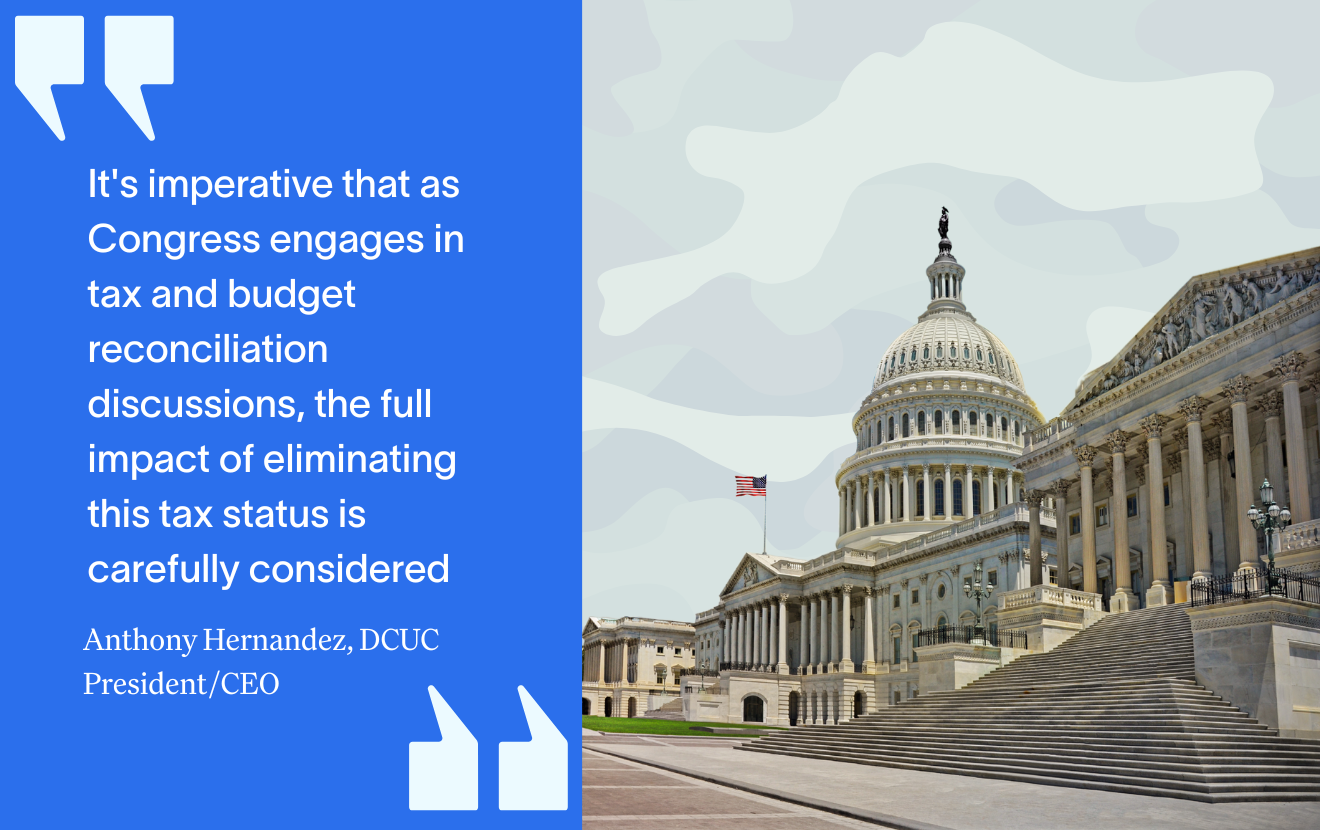I have a 35-mile commute to work in metro Detroit --- at least I did before the pandemic.Traffic jams are part of the daily routine. Often caused by poor design.Poorly timed traffic lights, lanes that end abruptly, not enough lanes, on ramps in awkward places, etc.The result is aggravated drivers that don’t get to their destination as quickly as they’d like.
So what does traffic have to do with credit unions?
Right now there are a lot of folks on the road to financial wellness.CUNA recently announced its “Financial Well-Being for All” movement.I’m so encouraged that CUNA is making this a priority.They understand that credit union members, like so many people across the country, are facing financial challenges.And they recognize that credit unions are in a position to positively impact the financial health of their members and communities.
However, as we build financial wellness roads and highways, let’s be sure to avoid creating aggravating experiences for members and staff.Let’s do this the right way using thoughtful, smart design that leads to higher engagement, impactful outcomes, and increased member satisfaction.
Member-Centered Design
A good place to start is to figuratively walk in the shoes of your members.What challenges are members facing with their day-to-day finances?Why?What are the root causes?What tools or services would be helpful to your members?How would their lives be impacted?What can you learn from observing their behavior?What assumptions can you test?
You can also talk to your members.I mean, stop and really listen to them.Strive to understand their perceptions and what is important to them.Don’t ask if they’re satisfied with products or services.Probe to learn more about their goals, priorities and needs.Do they perceive your credit union as a partner that can help them reach their financial destination?
You don’t need to launch a scientific research project.At GreenPath, we recently conducted some focus groups in an effort to learn more about the financial wellness needs of Black and Hispanic households.We learned some interesting things.For example, 84 percent of the Hispanic credit union members we serve prefer communicating in English.Compared to our average client, we also learned that Black households in Detroit are less likely to trust traditional financial services.And they’re more likely to need help with collections or medical debt.This isn’t conclusive research, but it’s helpful information to inform our services and outreach.
Personalized Services And Experiences
Recently, during its annual THINK conference, CO-OP Financial Services lifted up research that shows a shift to lifestyle banking.Whereas human-centered design is based on observable behavior, lifestyle banking is rooted in data.The goal is to strategically present personalized products and services to members based on their lifestyle and where they are in life.
Both approaches strive to give members the products, services and information they need --- when they need it.This is the key to smooth traffic flow, and leads to members getting to their financial destinations quicker.
Financial Literacy Not Enough
After you have a clear picture of member needs and opportunities, identify gaps in your current offerings.Go beyond financial literacy.Studies show that financial education alone does not change behavior.Think bigger.Investigate offerings that will help members improve financial habits, achieve their financial goals, and sleep better at night.Explore potential partnerships.
The pandemic hit the warp speed button on digital engagement.If you can use technology to meet member needs and deliver authentic experiences, you’ll be building new express lanes on your financial wellness highway.
Prioritize people over products.Focus on understanding member needs and doing the right things for the right reasons.Products and business models will follow.







